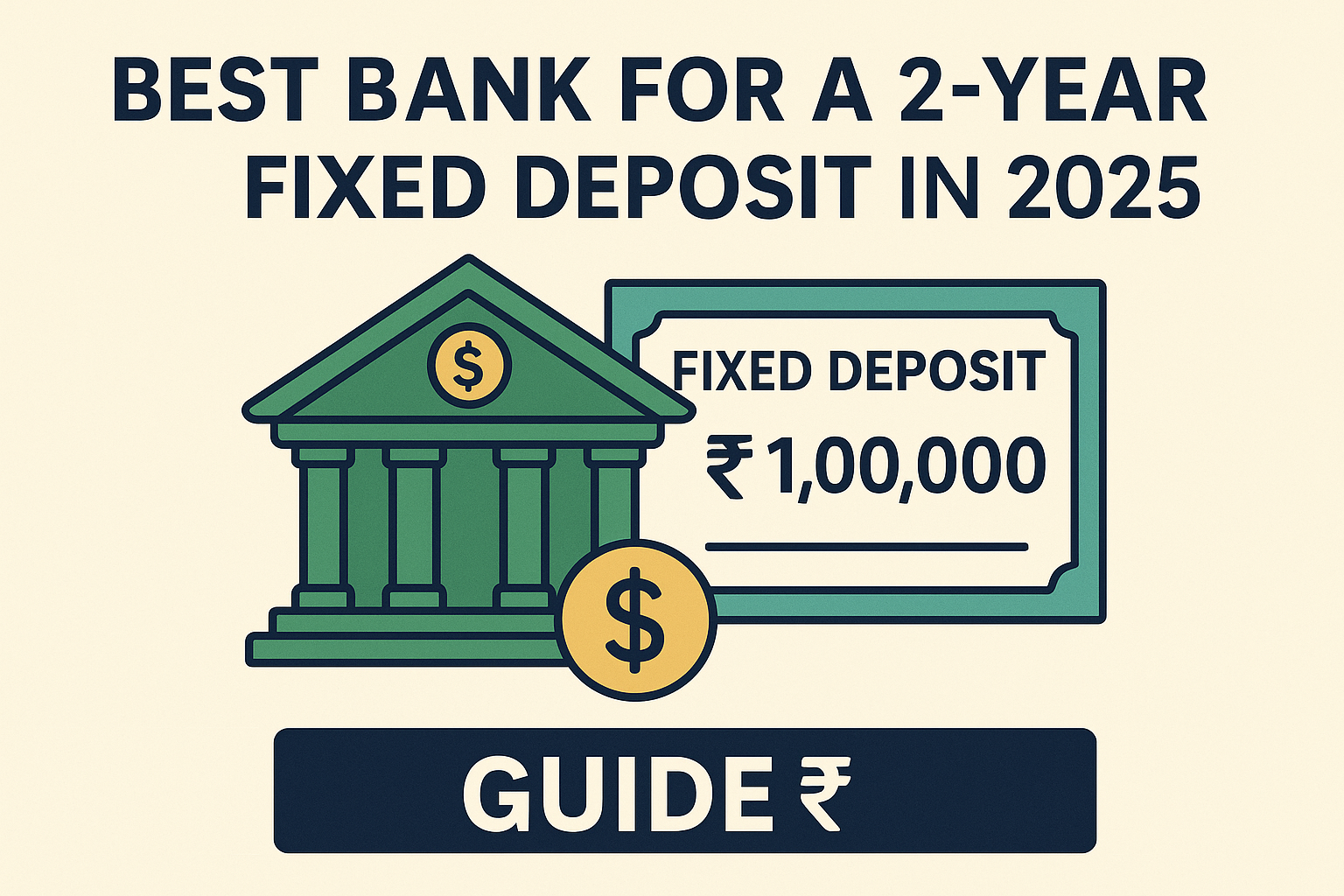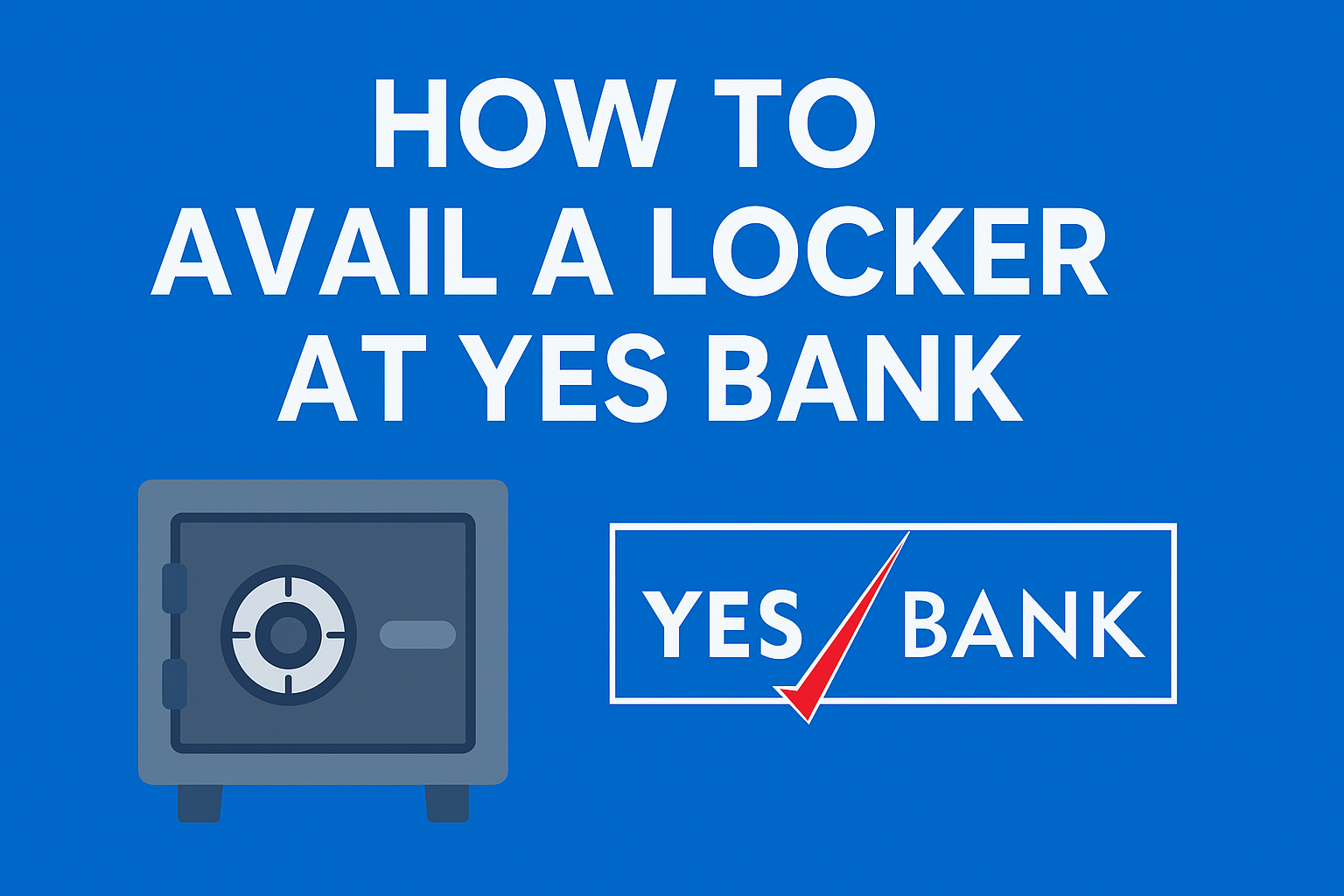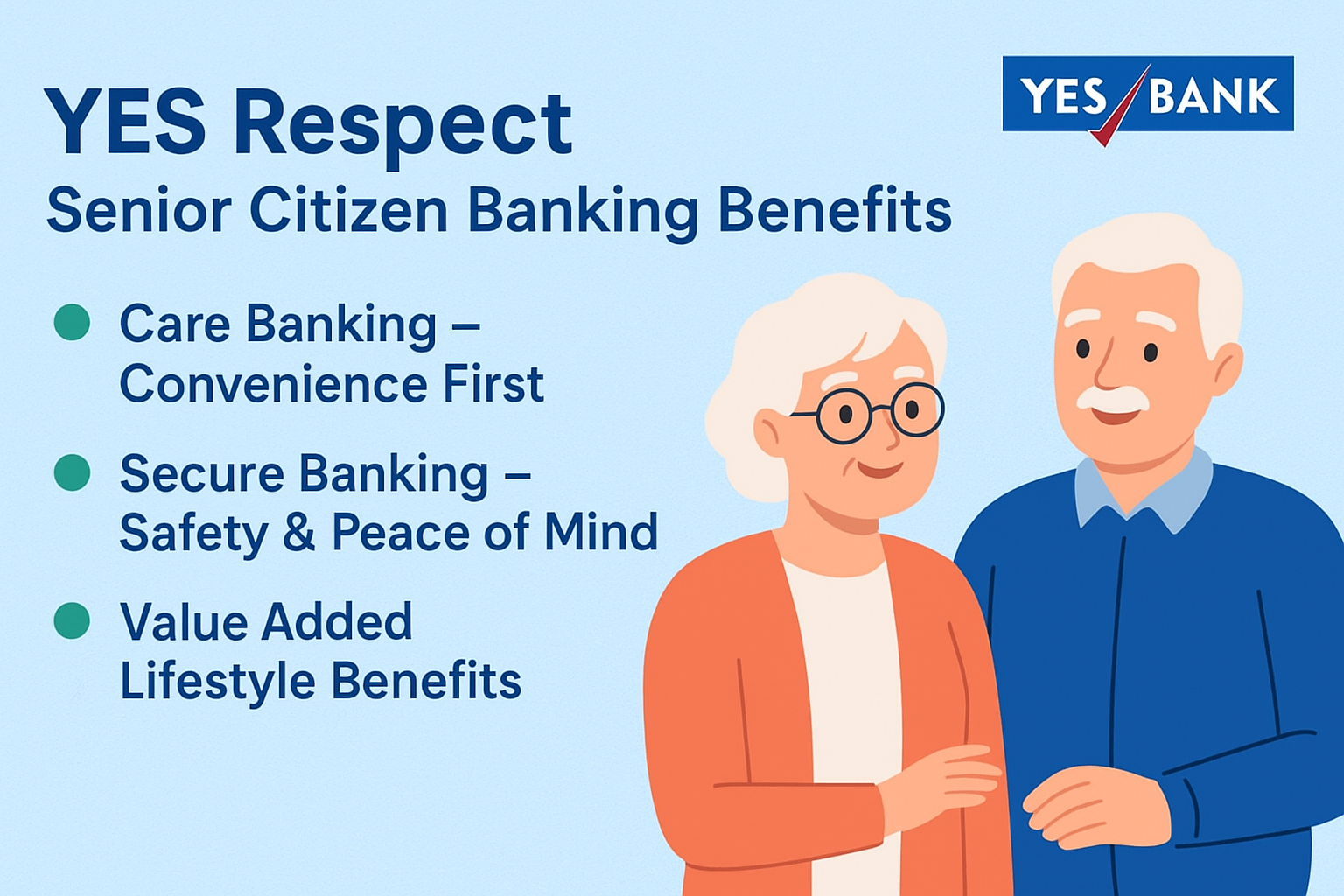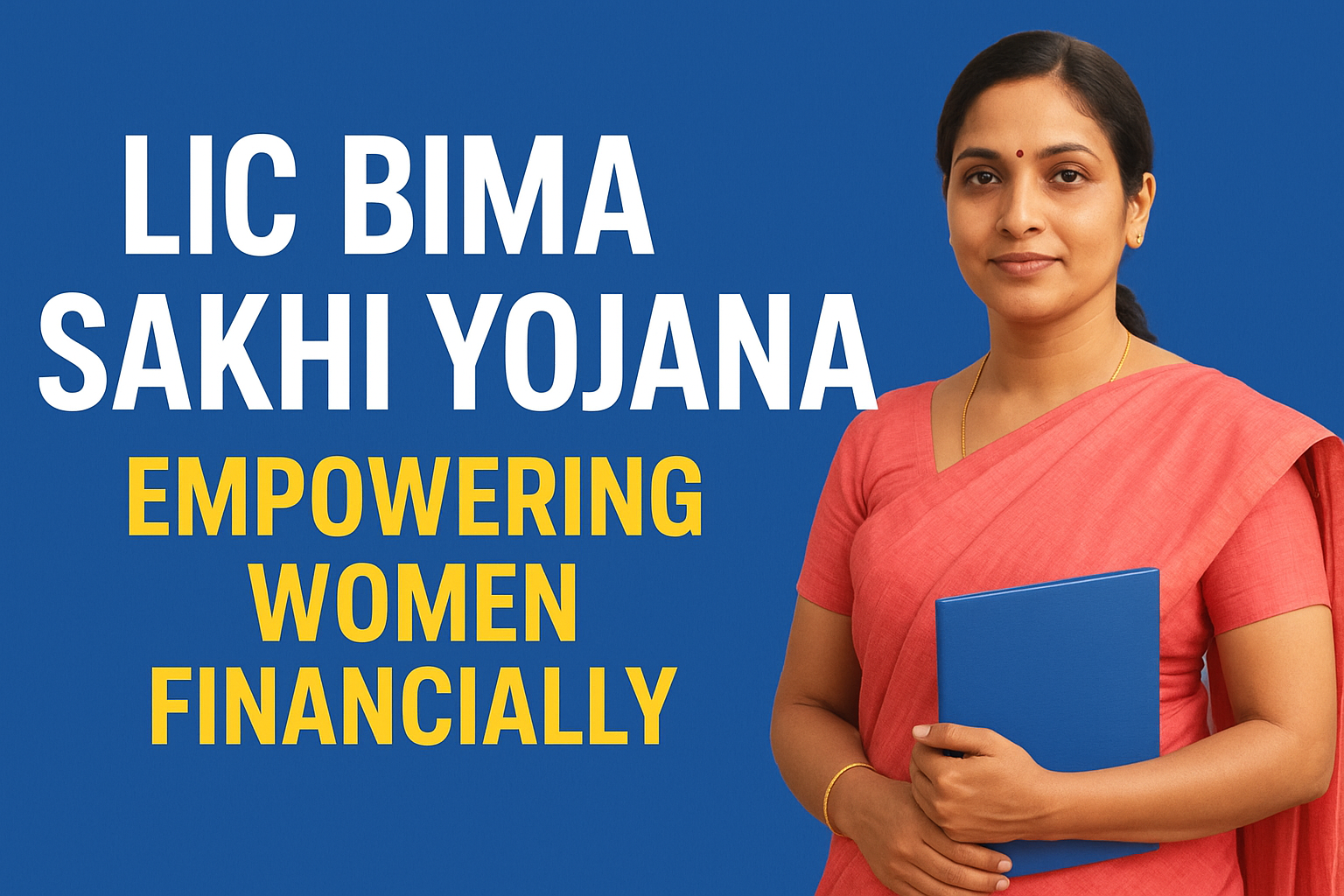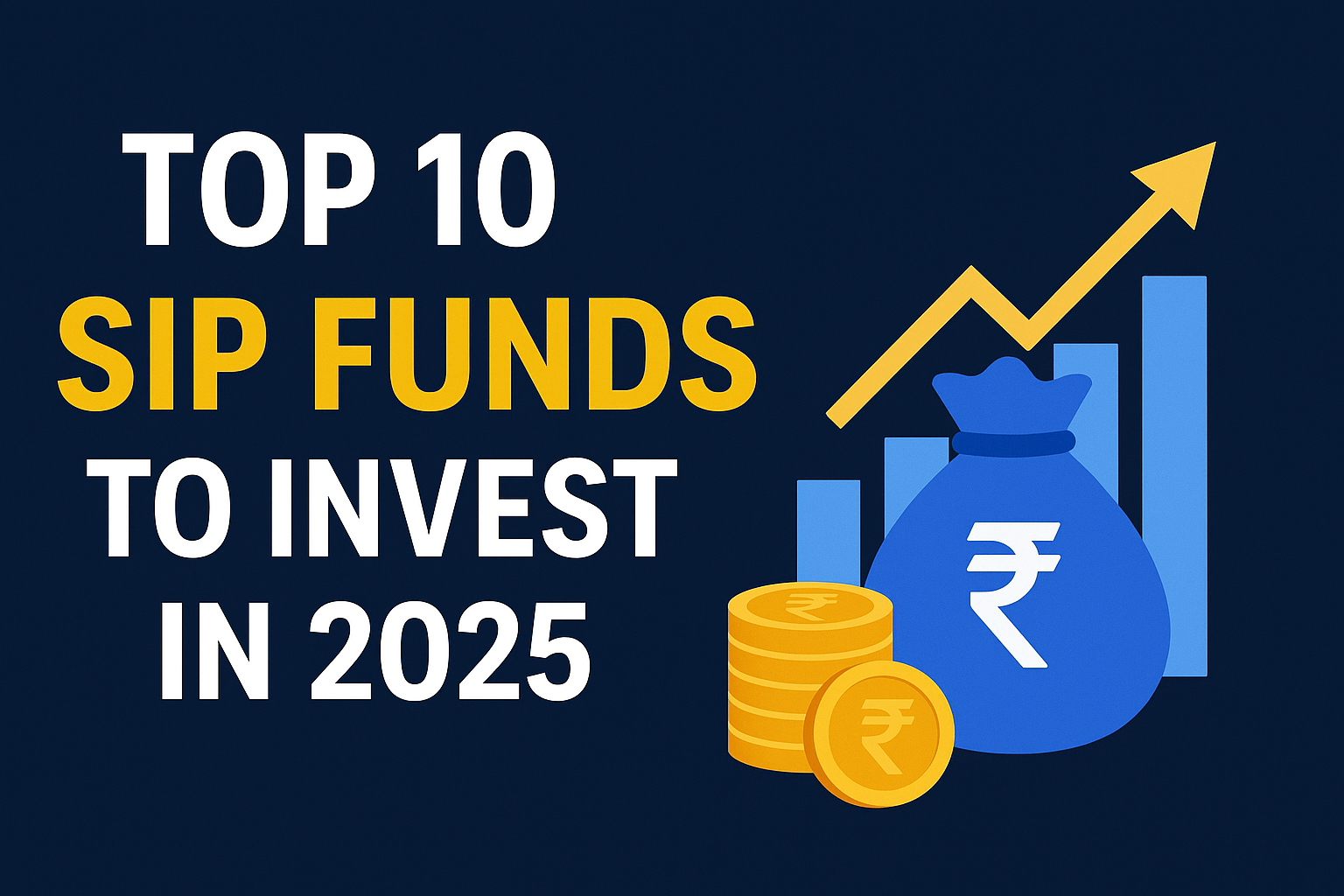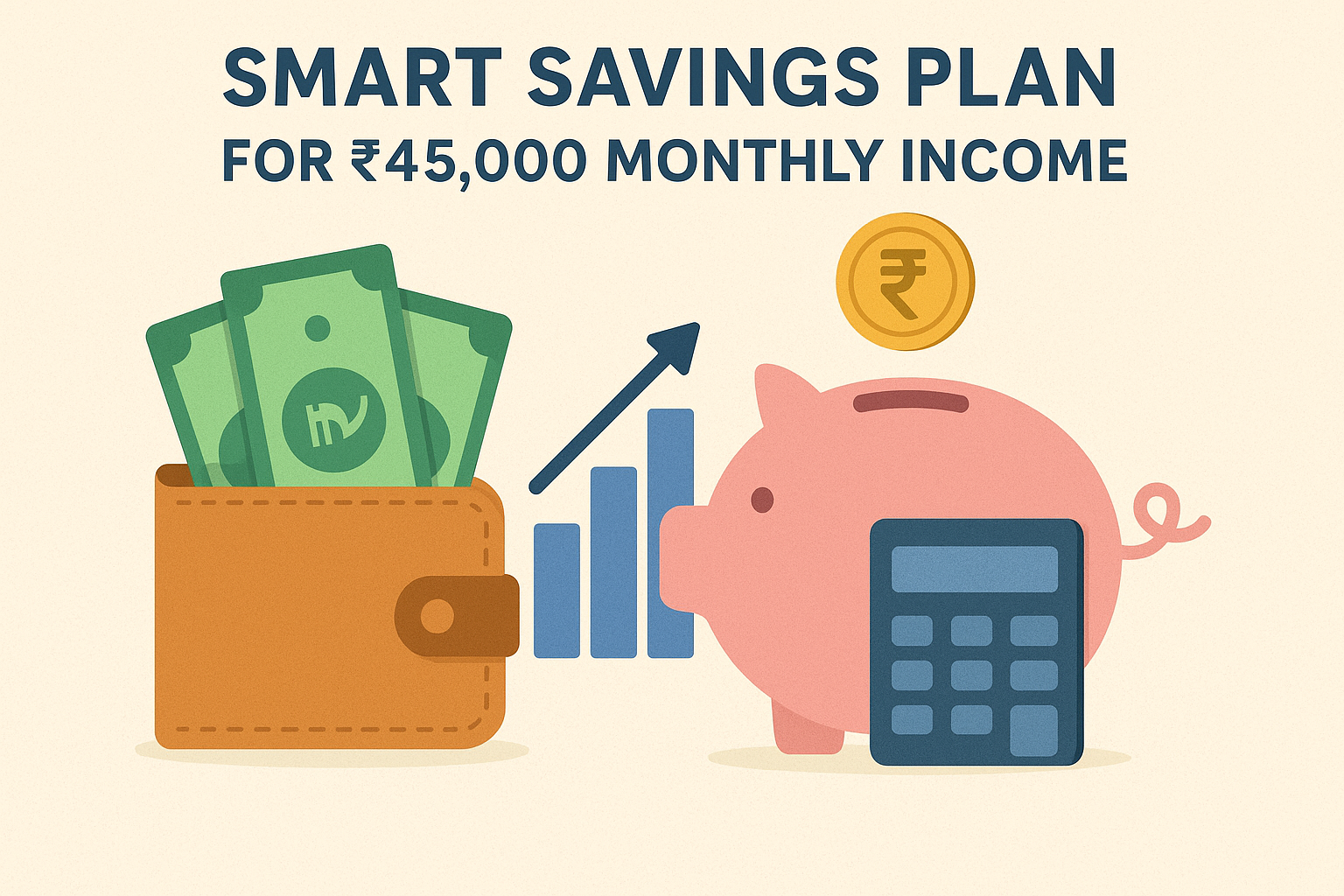A fixed deposit (FD) is one of the most reliable and stress-free ways to grow your savings. If you have ₹1,00,000 to invest and are looking at a 2-year FD, you probably want two things: safety of your money and decent returns.
While almost every bank offers fixed deposits, the interest rates, withdrawal rules, and benefits can vary widely. Choosing the right bank matters because even a small difference in interest rate can affect your total returns. Here’s a simple guide to help you make the best decision.
Why Choose a Fixed Deposit?
FDs are ideal for those who want guaranteed returns without taking big risks. Your money is locked for a specific time period, and you earn a fixed interest rate that doesn’t change, even if the market fluctuates.
Benefits include:
Low risk: Unlike the stock market, there’s no volatility.
Guaranteed returns: You know exactly how much you’ll earn.
Liquidity options: Most banks allow premature withdrawal (with some penalty).
Safe up to ₹5 lakh: Thanks to DICGC insurance, deposits up to ₹5 lakh per person per bank are protected.
What to Consider Before Choosing a Bank
Before you invest, keep these factors in mind:
- Interest Rates – Look for the highest possible rate for a 2-year term, but balance it with safety.
- Bank Reputation – Established public and private sector banks are safer than smaller ones.
- Withdrawal Rules – Check penalties for premature withdrawal in case you need funds early.
- Compounding Options – Cumulative FDs reinvest the interest, while non-cumulative FDs pay interest monthly or quarterly.
- Diversification – If you are depositing more than ₹5 lakh, spread the money across different banks to stay fully insured.
Approximate FD Rates for 2 Years (2025)
Bank / Institution Approx Rate for 2 Years Senior Citizen Bonus
SBI 6.85% +0.50%
HDFC Bank 6.45% – 6.95% +0.50%
Axis Bank 6.60% +0.50%
Central Bank of India 6.70% +0.50%
Small Finance Banks (like AU, Ujjivan, Jana) 7.50% – 8.50% +0.50% – 0.75%
Post Office FD 7.00% N/A
Note: Rates vary slightly between branches and regions. Always confirm the latest rates before investing.
Which Type of Bank Should You Choose?
- For Maximum Safety
If safety is your top priority, go with a public sector bank like SBI, Bank of Baroda, or Central Bank of India. These banks are government-backed, so the risk is minimal.
Example: SBI’s 2-year FD at 6.85% is a solid, worry-free option.
- For Higher Returns
Smaller banks and small finance banks often offer much higher interest rates, sometimes up to 8.5%.
Example: AU Small Finance Bank or Jana Small Finance Bank.
Caution: Stick to amounts under ₹5 lakh per bank to stay fully insured by DICGC.
- Balanced Approach
If you want both safety and higher returns, split your ₹1,00,000:
₹60,000 in a trusted large bank like SBI or HDFC.
₹40,000 in a reliable small finance bank with higher rates.
Sample Calculation: ₹1,00,000 for 2 Years
Let’s assume two scenarios, both with cumulative interest:
SBI @ 6.85%:
₹1,00,000 grows to approximately ₹1,14,174 after 2 years.
Small Finance Bank @ 8.2%:
₹1,00,000 grows to approximately ₹1,17,109 after 2 years.
That’s a difference of ₹2,935, showing why even a 1.3% rate gap matters over time.
Tips to Maximize Your FD Returns
- Compare rates regularly: FD rates change frequently. Don’t assume your bank offers the best rate.
- Opt for cumulative FDs: If you don’t need regular payouts, cumulative FDs grow faster due to compounding.
- Ladder your deposits: Instead of one large FD, make two smaller ones. This gives flexibility if you need to break one early.
- Consider tax implications: FD interest is taxable. If you are in a high tax bracket, factor in post-tax returns.
- Watch for special schemes: Banks often run limited-period “festive” or “special” FD rates.
Final Recommendation
If you want 100% safety: Deposit the full amount in a top public bank like SBI or HDFC Bank.
If you want to earn a little more: Split your money — a portion in a trusted public bank and the rest in a small finance bank with a higher rate.
If you have more than ₹5 lakh: Spread across multiple banks to ensure full insurance coverage.
For most people, a 60:40 split between a large bank and a high-yield smaller bank strikes the perfect balance of safety and returns.
Conclusion
Choosing the right FD is about more than just chasing the highest rate. Safety, liquidity, and insurance coverage matter just as much. With a ₹1,00,000 deposit and a 2-year horizon, start by comparing rates among major banks like SBI, HDFC, and Axis. Then, if you’re comfortable with a little extra risk, diversify into a small finance bank to boost your earnings.
By planning smartly, you can secure your savings and maximize growth — giving you peace of mind and better returns.
